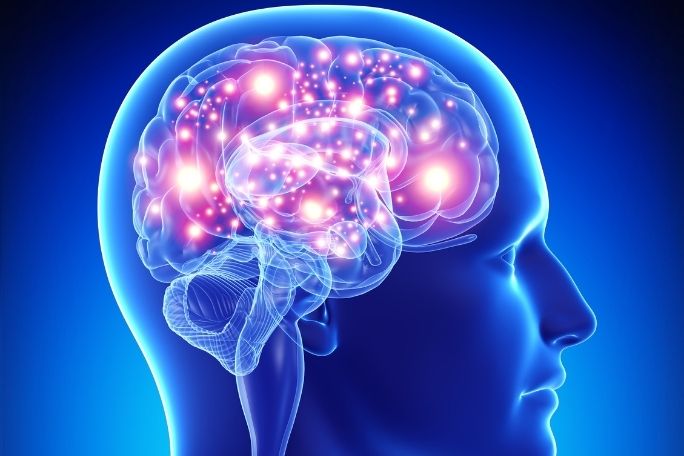Lesson Summary
Students investigate how the body responds to natural disasters and analyse the factors influencing their emotions in situations where the human body triggers a fight, flight or freeze response. Students will be asked to reflect on their own experiences of when this response may have been triggered, further requiring students to identify the physical reactions their bodies experienced during this time.
Learning intentions:
Students will...
- investigate how the body responds to natural disasters before/during and after the event
- understand how their body responds in a fight, flight or freeze response.
Success criteria:
Students can...
- discuss possible physiological responses to natural disasters
- identify and discuss how the body responds to a natural hazard or stressful situation
- identify ways to manage their response to a natural disaster.
Lesson guides and printables
Lesson details
Curriculum Mapping
Australian Curriculum content descriptions:
Syllabus outcomes: PDHPE4.3.
General capabilities: Personal and Social Capability.
Cross-curriculum priority: Sustainability.
Relevant parts of Year 7 & 8 HPE achievement standards:
Students analyse factors that influence emotional responses. They investigate strategies and practices that enhance their own, others’ and community health, safety and well-being. Students demonstrate skills to make informed decisions and propose and implement actions that promote their own and others’ health, safety and well-being.
Level of teacher scaffolding: Medium – teacher will need to facilitate class discussion and actively prompt students to reflect and build upon their learning and understanding.
Resources Required
- A device capable of presenting a video and images to the class
- Student Worksheets – one copy per student
Skills
This lesson is designed to build students’ competencies in the following skills:
- Communication
- Critical Thinking
- Empathy
- Social Skills
- Collaboration
- Leadership
Additional Info
We encourage you to undertake the free PD Course How to teach a unit on fire and flood resilience for tips on how to best deliver this lesson.
If you’re concerned about the challenging nature of these topics, consider the free PD Course How to approach trauma in the classroom for information on how best to support your students.
This lesson was made in partnership with
Minderoo Foundation (www.minderoo.org)


Welcome back!
Don't have an account yet?
Log in with:
By signing up to Cool.org you consent and agree to Cool's privacy policy to
store, manage and process your personal information. To read more, please see
our privacy policy here(Opens in new tab).
Create your free Cool.org account.
Many of our resources are free, with an option to upgrade to Cool+ for premium content.
Already have an account?
Sign up with:
By signing up to Cool.org you consent and agree to Cool's privacy policy to
store, manage and process your personal information. To read more, please see
our privacy policy here(Opens in new tab).